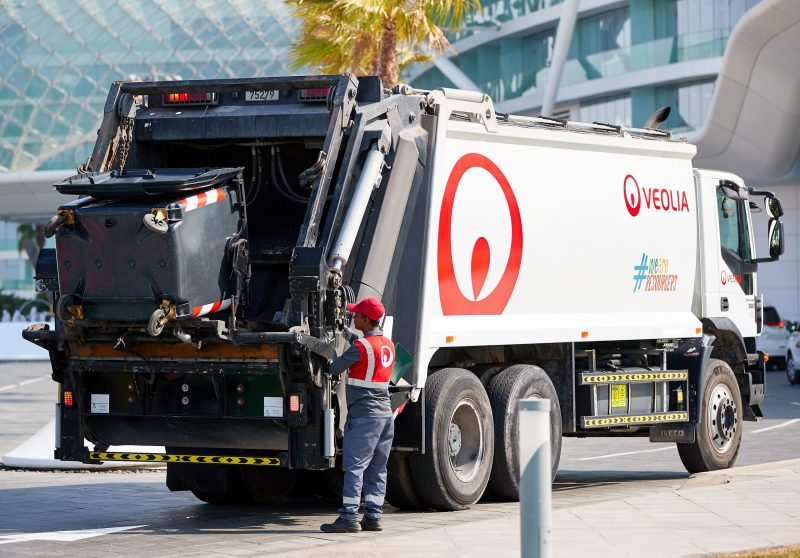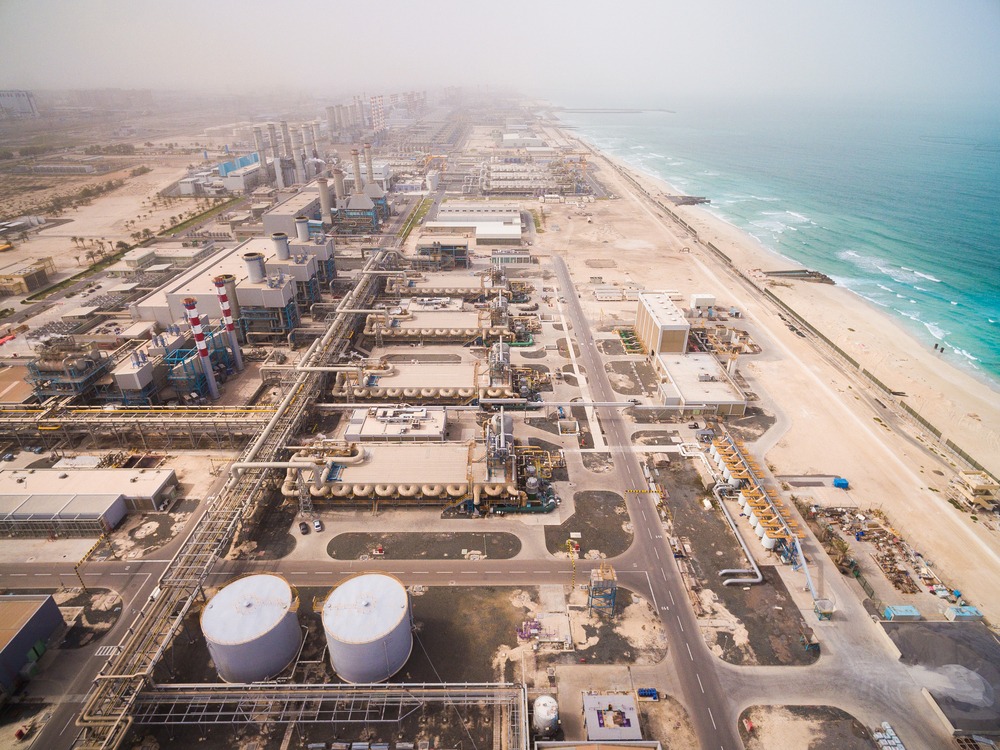Sass Brown
Project

July 5, 2018, 1:59 pm
“In the developing world, people recycle and reuse much more than in the west because there isn’t a place to throw it away, there is not a garbage collection system that takes it away and you never have to look at it again.”
Dean, Dubai Institute of Design and Innovation (DIDI)
I have been in the sustainable fashion space for 15 years. I was an independent designer in an incubator for several years, so being with so many other designers sharing a single communal space, you see how much you can save and reuse. I worked towards reducing waste and using others’ waste.
I geared every project in my Masters around sustainable fashion. My website ecofashiontalk.com was built out of my Master’s thesis, which no one was very happy about at the time. The idea of doing a blog for your Master’s thesis was not seen as a terribly academic means of publishing. The website led to my first book on ethical fashion and the different areas of ethical fashion: upcycling, recycling, zero-waste, fair trade, all of these different arenas, new business models, all sorts of different things.
My first book was called Ecofashion, the reason the first book came out is because there were people making conscious choices and doing great collections around the world. Every time you saw books on ecological design, ethical design, conscious design – it was in a book where it was lumped together, with no differentiation between disciplines.
You would have recycled tables made from broken furniture and you would have someone with boring beige t-shirts with political slogans on them. I thought it was really important to raise the level of the conversation away from organic beige t-shirts and say there is great stuff out there, no one is talking about it and it really needs a platform. That was the website, and the book, and then the second book.
In the developing world, people recycle and reuse much more than in the West because there isn’t a place to throw it away, there isn’t a recycling plant, trash collection, and you don’t have the luxury of just throwing something away because it doesn’t function anymore. That doesn’t mean it can’t be upcycled and used for something else.
We cannot continue to consume natural resources or unnatural manufactured resources at the rate that we produce them. We don’t have enough space to continue throwing things away, it is a finite planet.
Global warming, climate change, all of these things are massive issues and they impact every area of our lives from our personal lifestyles, our consumption, how we work, where we work, what we do, but as a designer we are absolutely responsible for our choices because we are bringing something into the world.
Every brand must look at this, some have done it better than others, some have a long way to go, some are ignoring it and hoping it will go away, which it will not.
There is a lot of concern that ethical fashion is elitist, for those that can afford it, those that have the time to care. If you are too busy trying to feed your family then what place does global warming play in your world? Ethical fashion even less so.
How can you justify doubling or quadrupling what you pay for a basic item because of a conscience? As someone who cares about what they look like, whether you are shopping vintage, or are working with local emerging designers, or you are taking clothing you have grown out of or, grown tired of back to the tailor – these are all options that are not more expensive than purchasing something.
When you break a piece of clothing down to its cost-per-wear format, if you are buying fast fashion for $5, you may never wear it because it didn’t cost that much, you might wear it once and throw it away. If you actually purchase something you love and wear all the time you divide the cost into the wear, it is much more sustainable cost-wise than you realise.
The natural assumption is fast fashion is horrible and bad, and we must stop it, and we must give sustainable, ethical alternatives, and encourage people to spend more, buy less, and buy well. Yes, that’s an obvious response, but there are some really interesting things happening with the circular economy, where waste becomes a resource, and its constantly in a cycle, so why not throw it away?
There is no such thing as a nirvana or perfect garment that is completely sustainable, that is 100% compostable or recyclable, that has a negative energy impact, that doesn’t use water, or pollute in any way, shape, or form, which doesn’t utilise more energy than it gives back. We are an awfully long way away from that.
You must make choices. Is employing and supporting craftsmanship in the developing world more important to you than the carbon footprint? If you are talking about the developing world and not living in it, chances are there is an energy impact in the transport, sale and distribution of that, or is local economy where you are living important? These are all valid responses to the ethics of consumption. You must make choices based on your personal value system. You can only make the best choices for you and strive to improve.
At DIDI, our degree programme is firmly embedded in design thinking and creative problem solving. Design as a tool to make a better world, with sustainability and ethics interwoven in everything we do. Sustainable thinking will be embedded in every class, and each of the programmes, a constant thread that equips students with the knowledge and tools to make their own design decisions based on their own set of values and ethics, and knowledge of the ramifications of their choices.










